Man’s Livelihood Restored by EU’s Approval of 3D Printed Cranial Implant
Though, in the past, traditional manufacturing has been used to create custom implants, 3D printing has a far greater capacity for making complex and elaborate shapes, without the need for manual work performed by surgeons in the midst of a procedure. 3D printing, then, can save time and money during the production of personal implants. Combined with the benefits of tailoring custom implants to the exact specifications of an individual’s anatomy using medical scans, 3D printing stands to revolutionize the medical industry. In August of this year, manufacturer of high-performance biocompatible 3D printing materials Oxford Performance Materials was able to gain FDA approval for its 3D printed facial implants. Now, on the other side of the world, the EU has passed their own approval of 3D printed cranial implants.
Because cranial implants must fit the exact specifications of an individual’s skull in order for long-term success and comfort, Slovakian company CEIT Biomedical Engineering has sought the use of 3D printing to create them. The company has today announced that they have gained approval for the use of 3D printing to create personally-tailored cranial implants, paving the way for a whole new approach to patient care.
CEIT is a spin-off company of the Technical University of Košice and is in the process of researching the potential applications for 3D printing in creating patient-specific, lower-cost implants. Associate Professor Radovan Hudak, Managing Director of CEIT, explained the company’s search for a 3D printing process and material for the medical field, “We wanted to explore the potential of additive manufacturing technology for implantology and at the same time develop solutions that were both helpful to patients and economical. It was necessary to explore the limits of the technology and its potential as well as to discover the optimum process and find a suitable material. Precision, reproducibility and surface quality were all high on the list of requirements, along with a production process that was as free as possible from production errors. The main aim was then to acquire state certification for cranial, jaw, and facial bone implants.”
After exploring the market for a year, the company finally landed on metal sintering manufacturer EOS and their biocompatible, titanium alloy material. Prof. Hudak explained, “We are able to meet the technological criteria and manufacture extremely thin walls with the necessary uneven surface geometries. In addition, it is possible to introduce cavities into the implants, such as shapes comprising complex hollows or canals. Lattice structures have become a key element in the scope of the possibilities.”

CEIT then set about creating a patient-specific cranial implant using medical scans from a patient to replace a portion of their cranium about 15 cm across. The firm was able to convert this data to CAD model and 3D print the implant in the medical standard titanium alloy Ti-6Al-4V all in-house. The resultant print was 1.5 mm in thickness with a weight of 63 grams, made with a hollow lattice structure to promote the growth of bone tissue and the incorporation of small sensors for collecting medical data.
The next step was getting it approved for implantation. CEIT submitted the process for 3D printing cranial, facial, and jaw implants to the Slovakian State Institute for Medicinal Control, which led to approval by the entire EU. The firm was also able to successfully negotiate costs with the largest national insurers. The patient successfully received the implant and, after nine years spent confined to a wheelchair and lost communication, was capable of communicating and moving three months after the surgery (A complete set of graphic medical photos of the operation can be found on the company’s Facebook page).
Now that it’s approved, CEIT will be able to move into manufacturing individual bespoke and batch standard implants. With greater precision and fewer errors, the firm believes that there will be fewer side effects for patients, leading to a faster recovery time and, less evidence that a surgery even took place to begin with, for improved psychological healing. This is, of course, only one story in a larger narrative taking place in the medical industry as a whole. With 3D printing comes greater patient-centered care and, if costs are reduced and healthcare becomes more accessible, we may begin to witness the dawn of a medical revolution.
Source: 3D Printing Industry


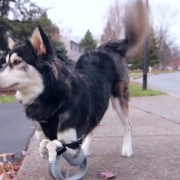

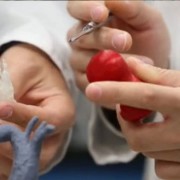

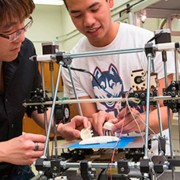
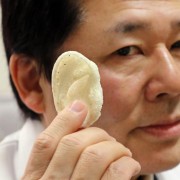
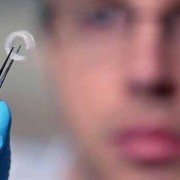
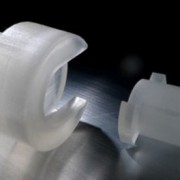



Leave a Reply
Want to join the discussion?Feel free to contribute!